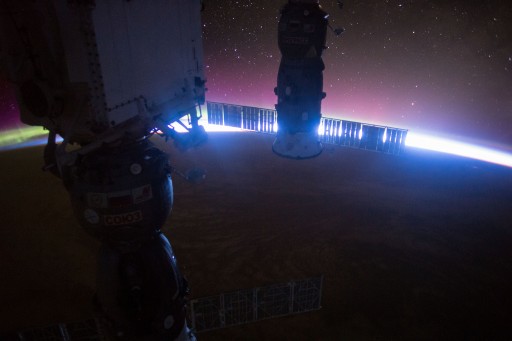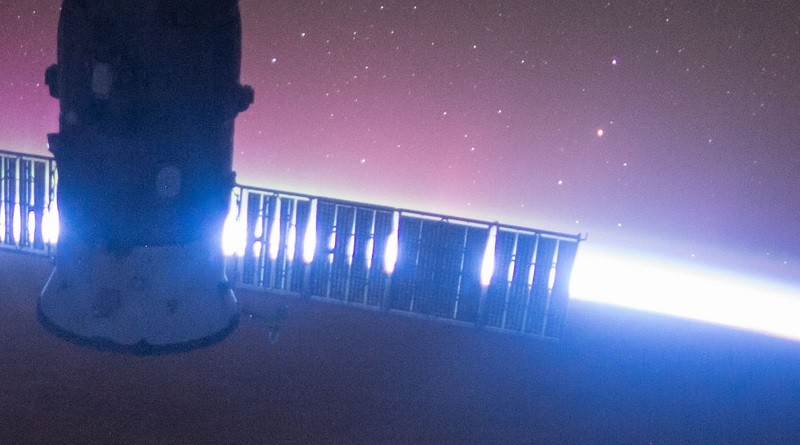ISS Operations Update – November 20, 2015

Experiments:
Biological Rhythms 48 Hours [The BLR48 and Circadian Rhythms Study will examine the role of synchronized circadian rhythms and possible maintenance during long-duration spaceflight and addresses the impacts to crew members’ health and wellbeing. Understanding how the dark/light cycle and sleep shifting affects circadian rhythms and with that the performance of the crew members will enable scientists to develop new sleep shifting techniques for crew members in space and shift workers on Earth.]
Pilot-T [This experiment puts crew members through complex tasks, such as piloting a space vehicle, at various stages of a long-duration mission to assess crew member performance reliability over long mission durations.]
Cardio Ox – Sample Collection, Ultrasound Scans, Blood Pressure Measurements[„The purpose of this study is to measure levels of biomarkers in blood and urine that are affected by oxidative and inflammatory stress before, during, and after long duration spaceflight and relate them to the risk of developing atherosclerosis.“ (NASA)]
Space Headaches Questionnaire
Otklik Experiment Hardware Check [Otklik uses several piezoelectric sensors to track the impacts of small particles and debris on the exterior of the International Space Station to monitor the abundance of debris events and a series of other characteristics. These measurements provide valuable data for the construction of future spacecraft]
Seismoprognoz Data Download [Seismoprognoz will measure the temporal and spatial scales of ionospheric disturbances caused by seismic phenomena in order to develop algorithms to detect plasma features of earthquakes and anthropogenic impacts from space-based instruments. The payload consists of an external monoblock, a Data Control and Acquisition Module, an attachment kit, flash memory and associated cables and connectors.]
Matryoshka-R – Dosimeter Readings [Matryoshka-R consists of a number of radiation dosimeters that are set up inside the space station to assess radiation exposure of the crew relative to ISS position in its orbit and shielding provided by the modules.]
Journals [Electronic journals will be kept by the crew members to allow psychologists to study behavioral issues that are associated with the isolation and confinement over long-duration space missions. Journals from 6-month ISS mission have amounted to a total of 1,100 written pages, but no data beyond those six months is available making this an interesting opportunity to study the impact of isolation in the confinements of ISS over a longer period.]
Maintenance/Systems:
Nominal Inspections/Servicing Tasks (Morning Inspection, Caution & Warning Panel Check, Sozh System Maintenance) (Russian Crew)
Japanese Experiment Module Airlock: Removal of Multi-Purpose Experiment Platform (MPEP) from the Small Fine Arm (SFA) Airlock Attachment Mechanism as part of close outs after ExHAM installation on November 11.
EXPRESS Rack 2 Laptop Software Load
Air Heater Fan (БВН) Screen Cleaning in Soyuz
СКПФ1 & СКПФ2 Dust Filter Changeout) and Cleaning MRM1 Gas-Liquid Heat Exchanger
Other Activities:
Special Purpose Dexterous Manipulator stowage on Mobile Base System and SSRMS walkoff to Node 2 PDGF
Robotic Arm: Latching End Effector B (LEE-B) Survey after Lubrication in recent EVAs
Portable Emergency Provisions (PEPs) Audit
Weekly Tagup with Russian Flight Control Team
PAO Event

